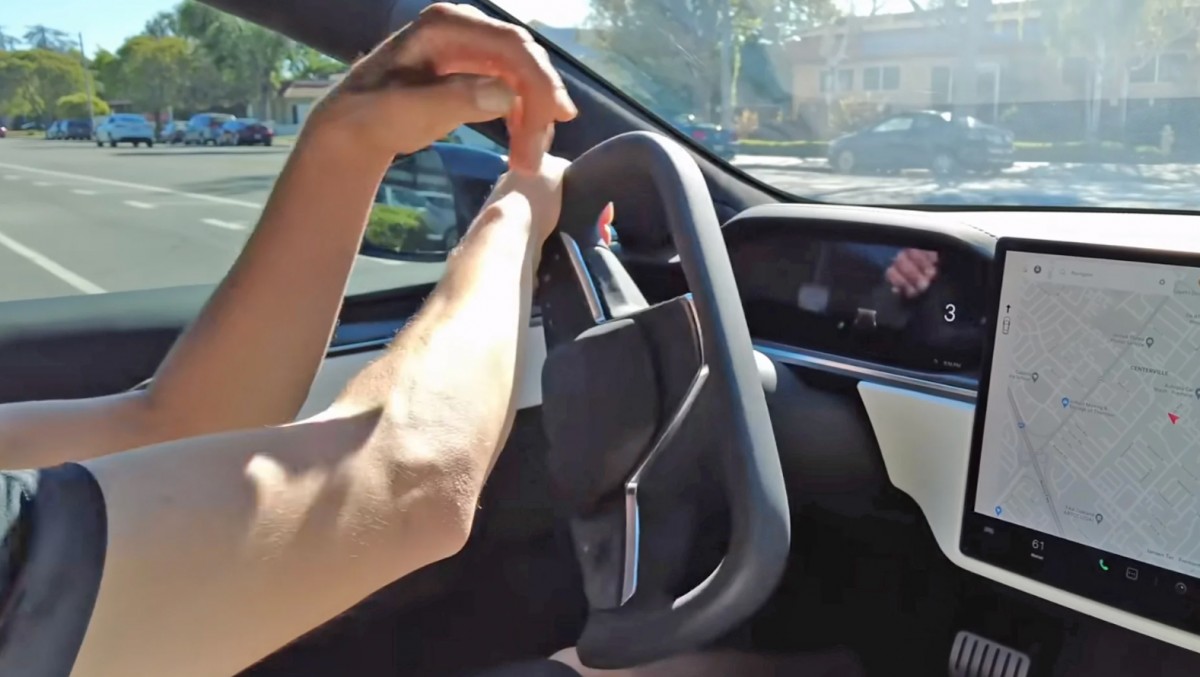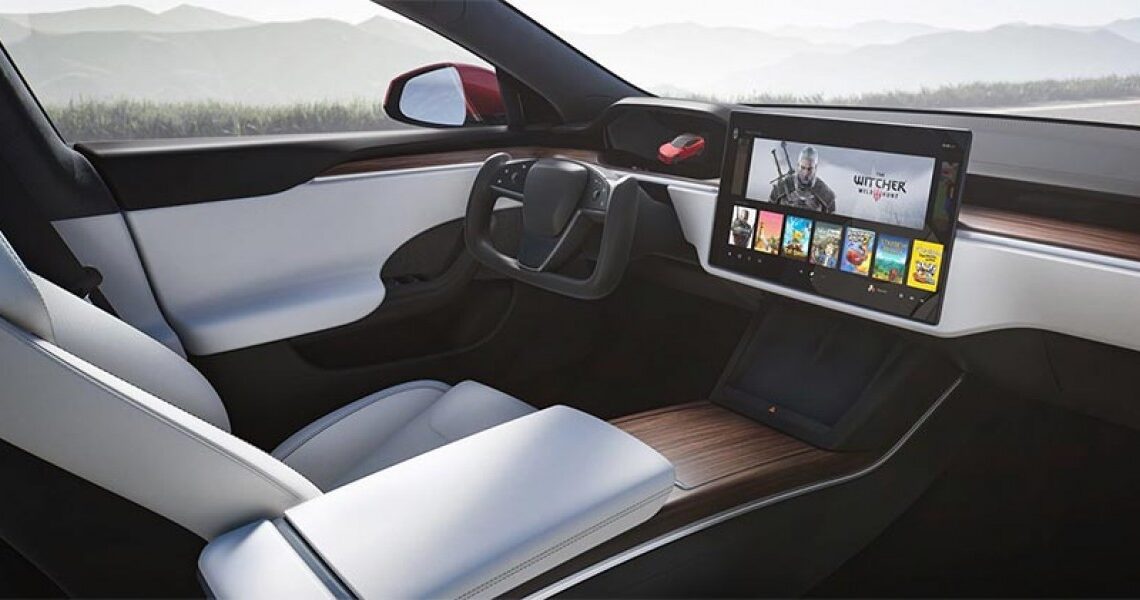It is hard to believe but Tesla’s yoke is two years old now and the idea was first shown back in 2019 in the Cybertruck prototype. But the yoke steering has been a standard option for both Model S Plaid and Model X Plaid long enough for the company and for us to make up our mind about it. Spoiler alert – it’s not great.
Tellingly, Tesla introduced an option for Plaid owners to retrofit a traditional, round steering wheel and all new cars have that option now available. The company clearly realized it made booboo and is backtracking on its pioneering approach. Or was there more to it.
Let’s first talk about good stuff, the positive side of yoke and why Tesla, in the first place, walked away from the traditional wheel. One of them is FSD, referred to as Autopilot and a constant source of headaches for the company.
It seems the company presumed the FSD would be fully operational and reliable by now, which would make the steering wheel almost a secondary device in the car. It would be there just rest your hands on and from time to time input small corrections. For that reason the company didn’t bother with upgrading the mechanical steering system to steer-by-wire.
Why is that important? If the FSD was fully capable of unassisted maneuvering, having a yoke instead of a round wheel wouldn’t be a huge issue. Turning around, parking, low speed maneuvers could have been carried out autonomously. In that case, the steering could have remained mechanical – steering yoke connected to steering column which in turn operates the wheels. The fixed steering ratio, wouldn’t matter.
Unfortunately, the FSD is nowhere near finished and the result is fixed ratio steering with half a steering wheel and no stalks to operate indicators or wipers. And as many Plaid owners will attest, this is a recipe for an utter disaster.

The fact that you have to cross your hands over while doing a turn that is slightly sharper than plastic cutlery from your favorite fast-food chain makes the yoke a safety hazard. Trying to do a three-point turn usually ends up being a five or six-point turn simply because there is no way to safely spin the yoke fast enough.
Simple things like trying to park in a tight parking spot, turning around or reversing become unnecessarily tricky and stressful and yoke turns into a problem. The fact that indicators are operated now by touch sensing icons on the spokes of the yoke, means often failures due to wet or cold fingers, and no…
Click Here to Read the Full Original Article at ArenaEV.com – Latest articles…

